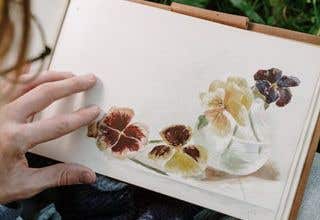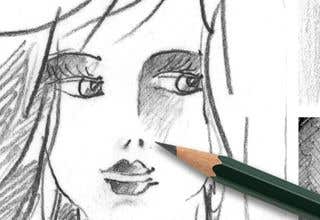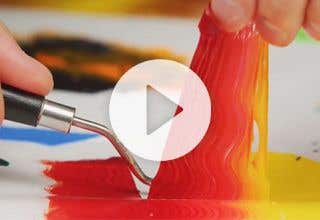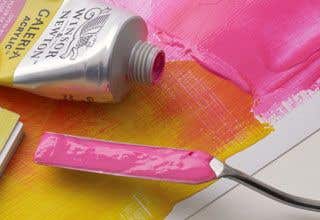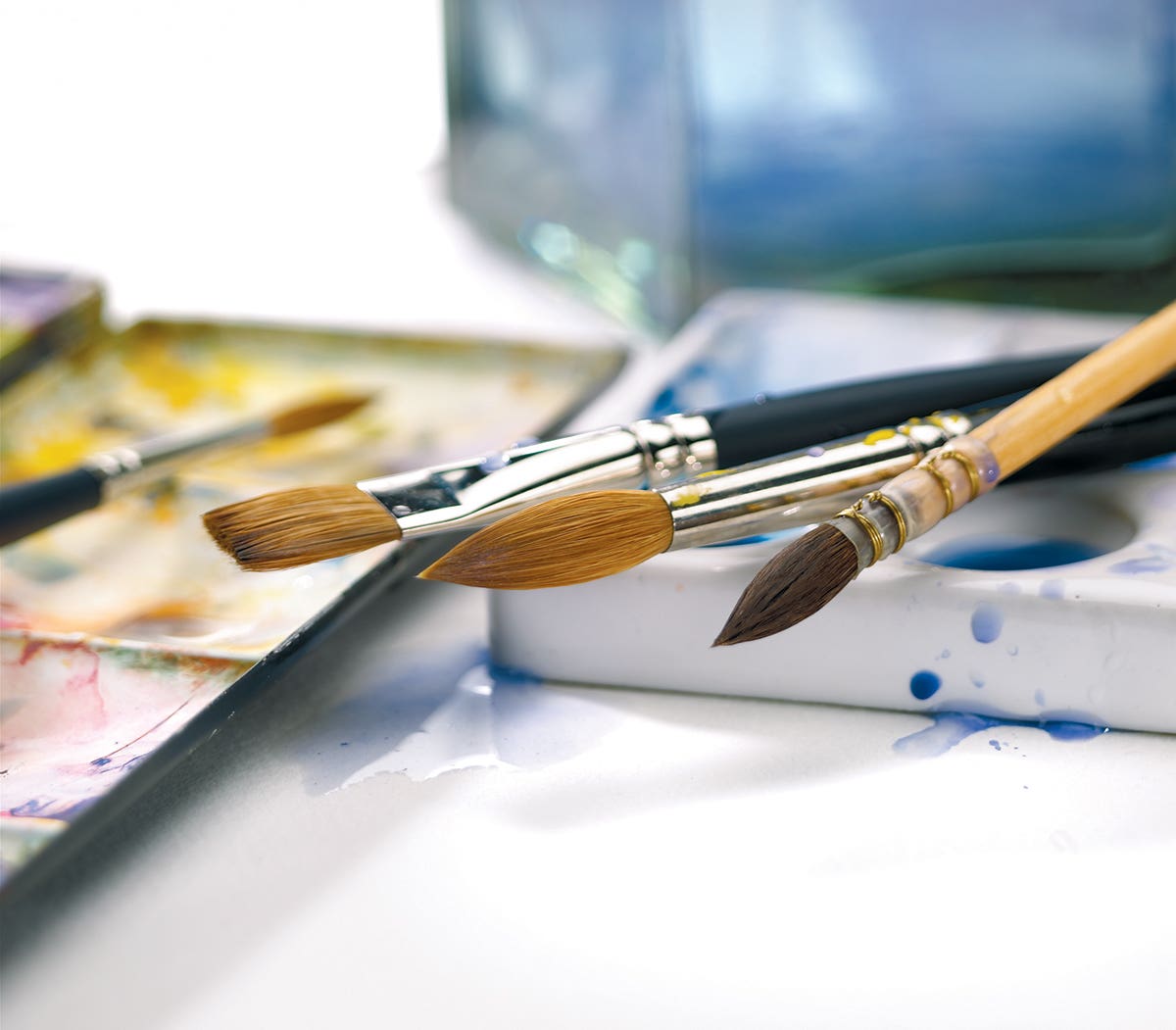
Speak to any painter and they’ll tell you that hours are spent agonising over the quality and price of paints. Knowing full well that good quality paint makes all the difference, it’s a key area of focus for most artists. But what about paint brushes? Does the type of paint brush you use make a difference?
In short, yes it does. Paint brushes are the vessel that carries the paint and applies it to your canvas. To create beautiful art, one must pay close attention to the type of vessel they use.
Paint brushes are made up of three distinct parts: the handle, the ferrule, and the tuft. Each of these parts matter and will contribute to the overall feel and quality of your painting. The handle should be comfortable in your hand and easy to grip. Hardwood handles should be lacquered or enameled to avoid deterioration. The ferrule (the part that connects the handle to the tuft) should be seamlessly attached, ensuring the prevention of solvents damaging the tuft. The tuft itself (the actual brush) should be precisely the right size for your project. Now, let's choose the right paint brush!
Choosing the right tuft
The tuft shape of your paint brush directly impacts your painting technique. But it’s not just shape you should concern yourself with, it’s also the material your tuft hairs are made of, how they’re bunched together, and their length that matters. Each factor affects the characteristics of your chosen brush.
Keep in mind that while some brushes may be recommended for a particular painting medium or surface, choosing a paint brush tuft depends primarily on personal preference and capabilities. Paint brushes can be used across different mediums and surfaces on occasions, but as a general rule follow these guidelines:
Acrylic paint brushes
Painting with acrylics calls for sabeline or sable brushes, but keep in mind that the pH of acrylic paint can damage a tuft with natural bristles. As such, look for a tuft made of synthetic bristles. As for shape, look for:
- Round or pointed tip: Great for outlining, sketching, controlled washes, detailed work and filling small areas. Use with thin paint rather than thick paint and be aware that the tip will become wider the more it’s pressed down.
- Pointed round: If your work includes fine details, lines and is filled with delicate areas, a pointed round tuft is a must. Also good for spotting and retouching.
- Flat and square: For bold strokes, filling wide spaces, washes and impasto. Can also be used for straight edging and creating stripes. You could also use this style of brush for varnishing.
- Filbert: Flat and oval-shaped, a filbert brush is ideal for blending and creating soft edges around natural objects like flower petals.
- Bright: Flat with curved edges, a bright tip is perfect for controlled strokes when using heavy colour. This style of brush is best used close up rather than painting at a distance.
- Detailed round: Just like the name suggests, this style of tip is best used for creating detail. Make a note that it’s capable of holding more colour than you might think.
- Angledt: For curved strokes, reaching corners and covering lots of space.
- Fan: Good for smoothing, feathering and blending. Look for natural bristles for the best effect. Especially if using for textural effects like clouds and leaves.

Image source: Art is Fun
Oil paint brushes
Oil paint is thicker than acrylic, therefore hog-hair brushes are a great choice. If, however you are working with a thinner wash, again look for a sabeline or sable brush with an acrylic bristled tuft. Because oil paint is thicker, a bad brush won’t bounce back to its original shape after each stroke. If loaded with paint, it can sometimes not bend at all. That’s why a good brush is so important.
Hog-hair bristle brushes are best in half an inch sizes or larger. If you want finer detail, switch to a sable brush and reduce the wash. Choose a long handle to allow working from a horizontal position. Oil paint doesn’t flow and when you hold your bush horizontally the long sandle serves to balance the brush in your hand. As for shape, look for:
- Flat: Good for broad strokes, narrow strokes and triangular strokes. A versatile brush, this will also serve as your primary blending brush.
- Filbert: Good for building softer edges and for smaller blends.
- Bright: Great for controlled strokes and when you want your strokes to show. They do, however, tend to take paint on thickly, so be careful not to overwork. Can also be used for varnishing.
- Round: Good for small details and line work.
Watercolour paint brushes
Sable brushes with natural bristles absorb liquid beautifully, making them the best choice for watercolours. If price is an issue, a high-quality synthetic brush, such as a sable synthetic brush, is the next best thing. The key thing to remember is that a watercolour brush must be able to hold a good amount of paint or water in its belly, and must be able to maintain a fine point. The brush should always spring back to its proper shape after each stroke. If not, you’ve got the wrong brush. As for shape, look for:
- Round: Its full body holds adequate pigment and taper for a sharp or near-sharp point.
- Flat: Good for use in large washes and useful for blocking. Being flat they can hold a large amount of paint which is good when needing to work fast.
- Mop: Best used for wetting paper and painting large, fluid and soft scenes such as skies.
- Filbert: Great for foliage and feathering work because they lack a sharp point.
- Fan: Good for blending colours and scrubbing out linear strokes in watercolours
- Rigger: Noted for its long pointed length, a rigger brush holds a lot of paint but can still be used for creating detail.
Final note
Think of your paint brushes as magic wands that weave colours across a canvas to create masterpieces. Love your magic wands and care for them and you’ll reap the rewards. After a painting session, don’t blow off proper care of your brushes. Over time, pigment, dirt and binder can become embedded where the tuft meets the ferrule and this can spell disaster for your painting. Take good care of your brushes and they should last you for years. If you’re after a particular brush or a set of brushes, Eckersley’s have a varied range of quality paint brushes to match every type of paint and surface, as well as brush sets and brush storage to choose from!
Related Articles:
Winsor & Newton: See How The Series 7 Brushes are Made





